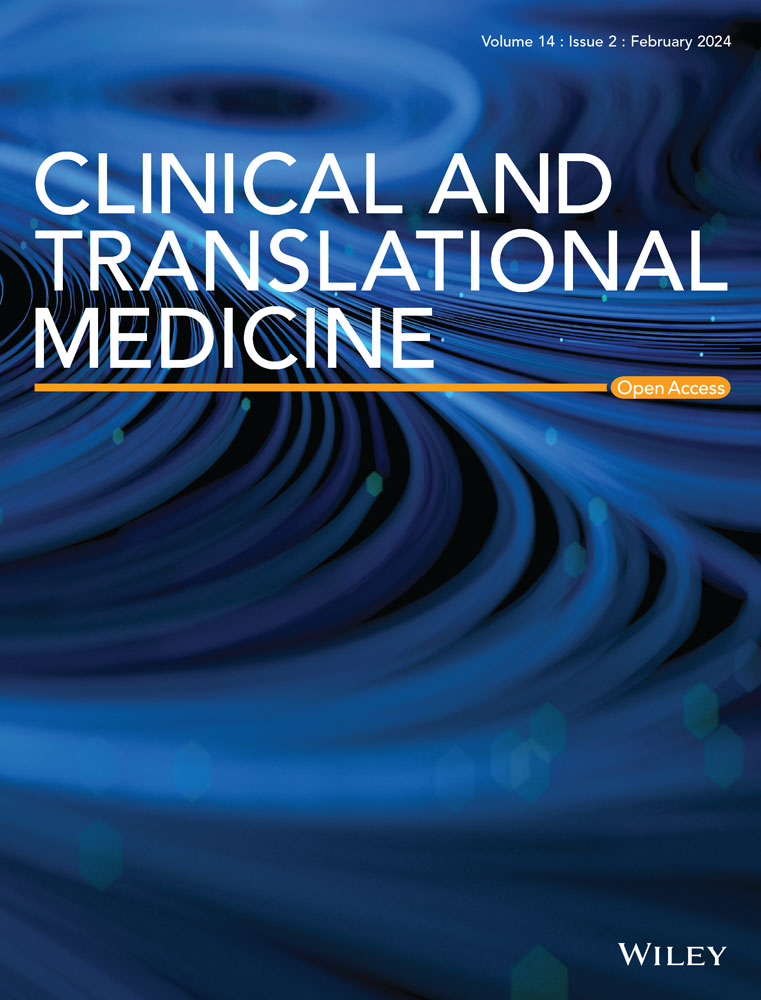Immune profiling of the macroenvironment in colorectal cancer unveils systemic dysfunction and plasticity of immune cells
Abstract
Background
Tumour immune macroenvironment is comprised of tumour and surrounding organs responding to tumourigenesis and immunotherapy. The lack of comprehensive analytical methods hinders its application for prediction of survival and treatment response in colorectal cancer (CRC) patients.
Methods
Cytometry by time-of-flight (CyTOF) and RNA-seq was applied to characterise immune cell heterogeneity in a discovery cohort including tumour, blood and intestinal architecture comprising epithelium, lamina propria, submucosa, muscularis propria of normal bowel and tumour–adjacent bowel tissues. Immunoprofiling was also validated by a validation cohort using single-cell RNA sequencing, spatial transcription, CyTOF and multiplex immunofluorescent staining.
Results
Based on cell phenotype and transcription, we identify distinct immunotypes in the CRC macroenvironment including blood, tumour and different intestinal architecture, showing disturbed immune cell compositions, increasing expression of immunosuppressive markers and cell–cell interactions contributing to immunosuppressive regulation. Furthermore, we evaluate immune macroenvironment influencing factors including tertiary lymphoid structures (TLSs), consensus molecular subtypes (CMSs) and immune checkpoint inhibitors (ICIs). TLS presence fuels anti-tumour immunity by promoting CD8+ T cell infiltration and altering activation or suppression of T cell systematically. TLS presence correlates with patient survival, intrinsic CMS and therapeutic efficacy of ICI. PD-1 and CD69 expressed in effector memory CD8+ T cells from blood can predict TLS presence in the CRC macroenvironment, serving as potential biomarkers for stratifying CRC patients into immunotherapy.
Conclusions
Our findings provide insights into the CRC immune macroenvironment, highlighting immune cell suppression and activation in tumourigenesis. Our study illustrates the potential utility of blood for predicting immunotherapy response.
Key points
- Distinct immunotypes are identified in the CRC macroenvironment.
- TLS and immunotherapy exert influence on the immune macroenvironment.
- TLS presence correlates with patient survival, CMS and therapeutic efficacy of ICI.
- PD-1 and CD69 expressed in CD8+ Tem from blood can predict TLS presence in the CRC macroenvironment.


 求助内容:
求助内容: 应助结果提醒方式:
应助结果提醒方式:


